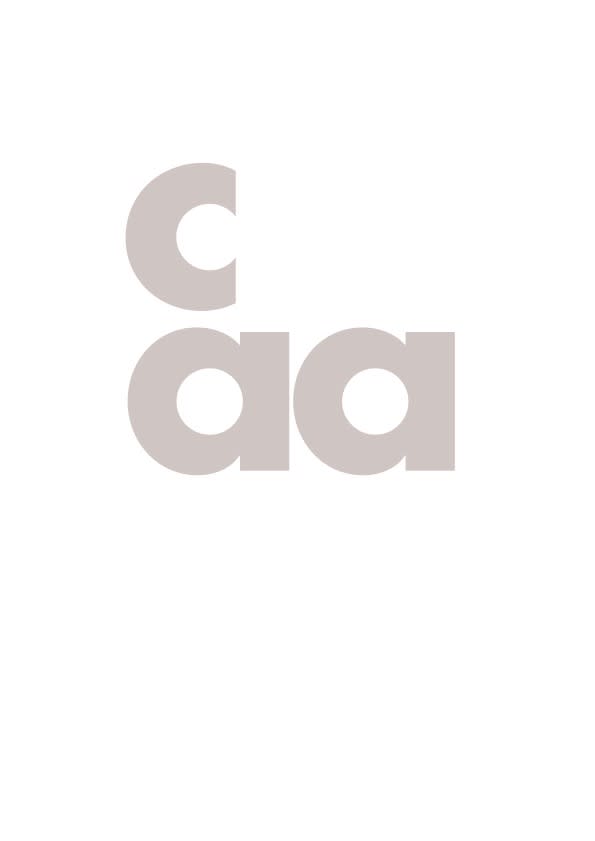-

-

-
Key Facts
OUR MISSION
CAA's Mission is to promote the study, appreciation and understanding of the applied arts in Britain.
EXCELLENCE IN BRITISH ARTS
CAA was founded in 1948 as London's original multi-disciplinary applied arts gallery and has continued to demonstrate the richness of Britain's applied arts for over 70 years.
GOOD DESIGN
CAA was established as a membership organisation for craftspeople and to advocate for good design in Britain after the Second World War.
OUR MEMBERS
CAA represents many of the most talented applied artists living and working in the UK today, all of whom have been selected by a panel of their peers.
COMMISSIONS
CAA actively initiates and facilitates commissions of work by our highly-skilled maker members for both public and private clients.
ROYAL PATRON
CAA remembers the long-standing support of HRH Prince Philip, Duke of Edinburgh, with great gratitude.
CHARITABLE STATUS
CAA is a Registered Charity (no. 235914) in England and Wales and a company limited by guarantee.
GOVERNANCE
CAA's constitution is set out in its Memorandum and Articles of Association. The Board of Directors includes six Trustees, two of whom are CAA maker members. The staff are professionals with a passion for well-made contemporary objects.
-
OUR HISTORY
-

-

-

-

-

-

-

-

-
Text by Tanya Harrod, September 2018
-
Our Trustees
CAA is a registered charity, governed by a board of trustees. The board currently includes six Trustees, two of whom are CAA maker members.MARLENE MCKIBBIN
MAKER TRUSTEE, MAKER CO-ORDINATOR
DAME JANET PARASKEVA
TRUSTEE
HELEN YARDLEY
MAKER TRUSTEE
LUCY THOMPSON
TRUSTEE
DAVID ETON
TRUSTEE, TREASURER












